Batman: Arkham Asylum’s success was overshadowed by used game sales, forcing Warner Bros. to create the Nemesis System.

Video game developers dream of making a hit game. You know, the kind that has players raving, critics applauding, and sales charts soaring. But what if you release a game, and everyone seems to be playing it, yet somehow, the money isn’t rolling in? That’s exactly the predicament Warner Bros. and Rocksteady found themselves in back in 2009 when they shipped Batman: Arkham Asylum.
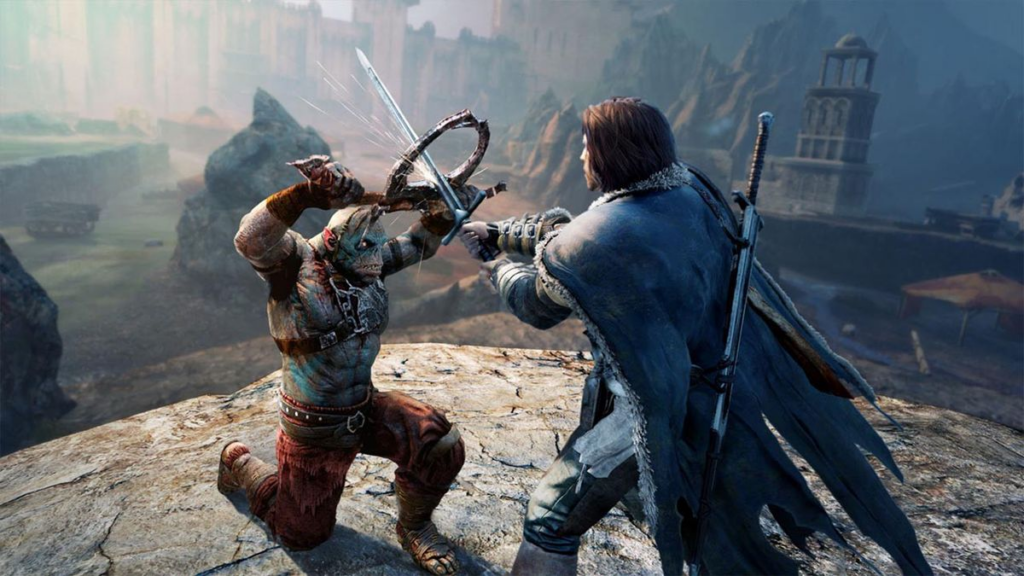 A still from Middle-Earth: Shadow of Mordor | Credits: Monolith
A still from Middle-Earth: Shadow of Mordor | Credits: Monolith
The game was fantastic, a near-perfect Batman experience that let players lurk in the shadows, take down bad guys in creative ways, and mutter, “I am vengeance!” at their screens. Fans loved it, critics loved it, and it sold well. At least, at first. Then, suddenly, sales dropped off a cliff. But when the developers checked their analytics, something weird was going on, more people were playing than were paying. Uh-oh.
The case of the vanishing game sales
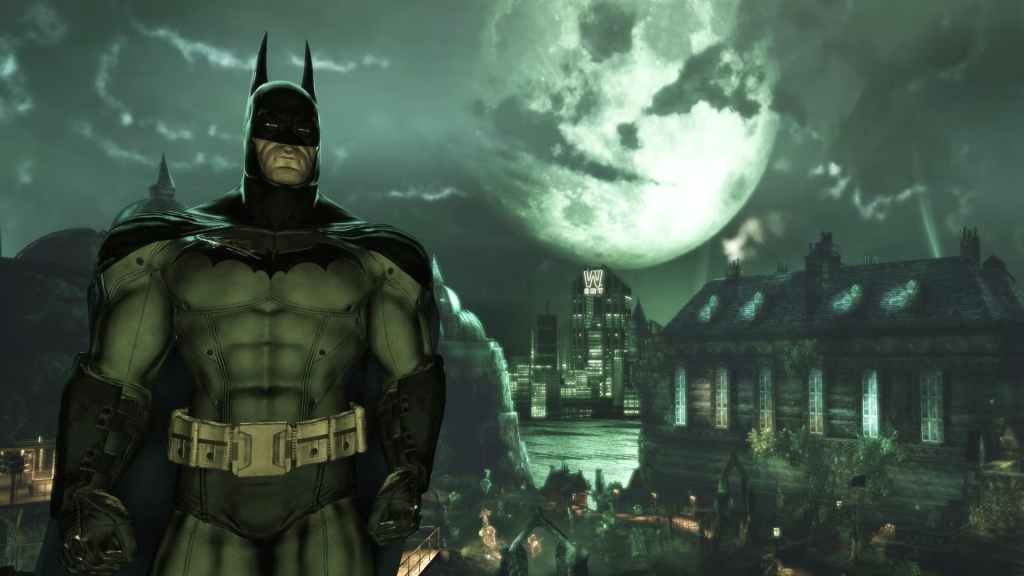
Batman vs Joker
⛶
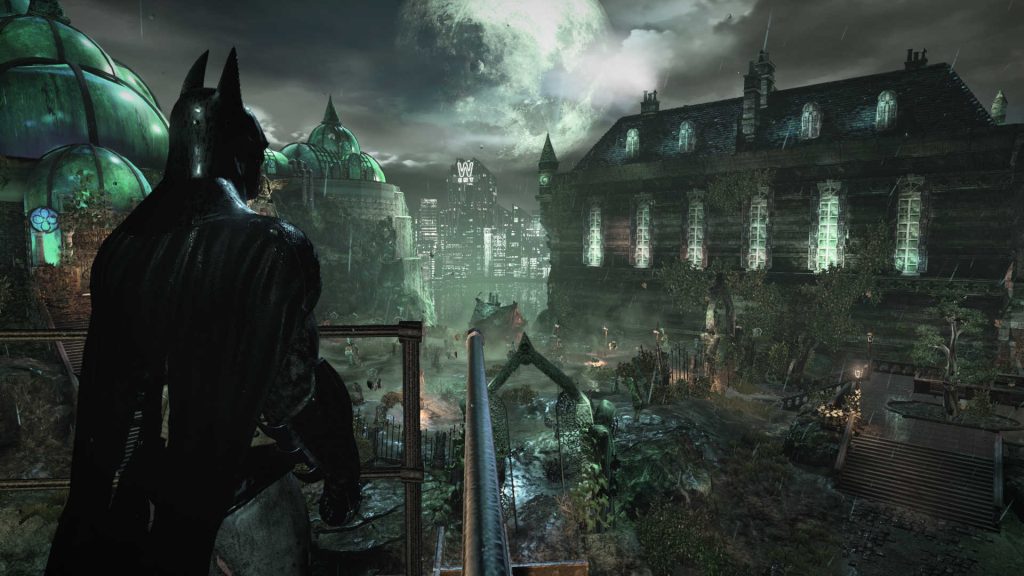
⛶
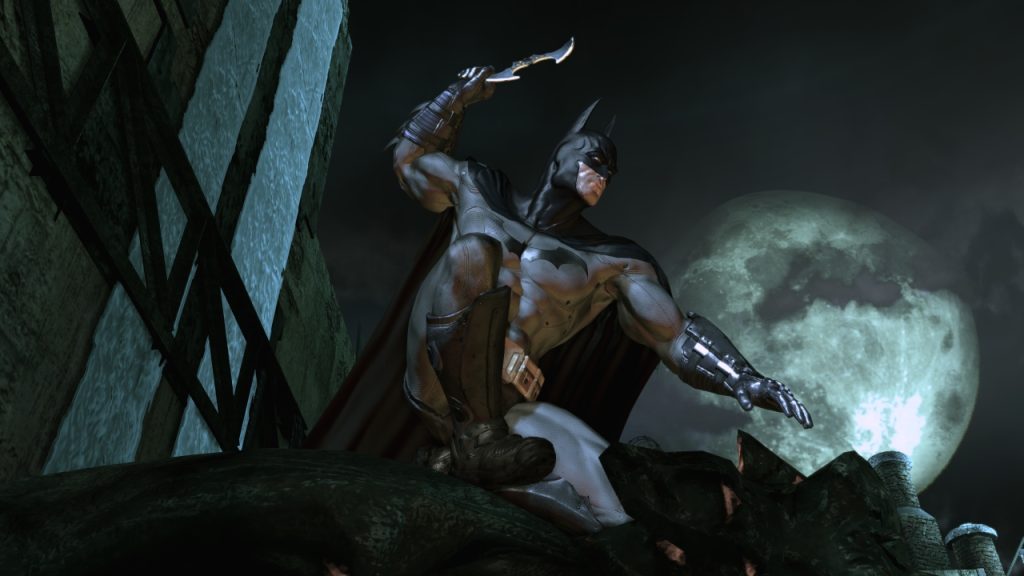
⛶
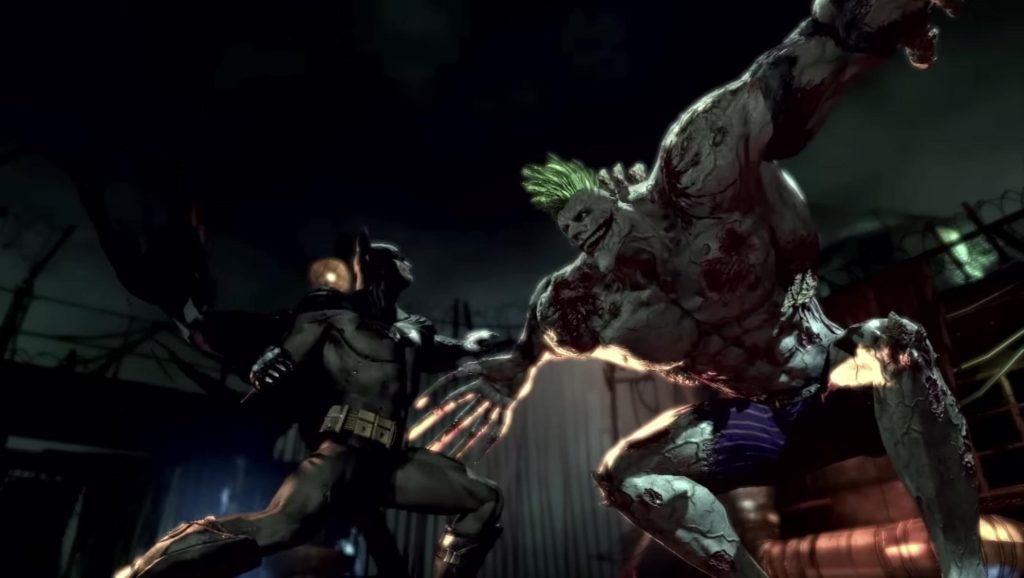
Batman vs Joker
⛶




So, what happened? Did a rogue hacker distribute thousands of free copies? Did the Joker pull off a heist, flooding the streets with illicit versions of Batman: Arkham Asylum? Not quite. The culprit, the used game market.
According to Laura Fryer, the VP of WB Games’ Seattle studios, including Monolith, back in 2009, buying and selling used games was a huge industry. Gamers would buy a game, play through it, then return it to stores like GameStop for store credit or cash.
Then GameStop would turn around and sell that same game at a discount, pocketing 100% of the money while the developers and publishers got absolutely nothing. On a YouTube video, she said,
The data from their game analytics revealed that more people were playing than were paying. The theory was that people would play through the the game and then return the game disc to a retailer and get paid which was very common at the time.
For gamers, it was a great deal. You got to experience a full-priced title and still had money left over for the next big release. For GameStop, it was a goldmine. For Rocksteady and Warner Bros., though? It was a financial horror story. Millions of dollars in potential revenue simply evaporated.
WB executives realized they needed a solution. How do you make a single-player game that people don’t want to trade in after finishing? How do you keep players engaged, ensuring they hold onto the disc instead of cashing it in for a few bucks? Some studios tried multiplayer modes. Others tried DLCs. But Monolith, the studio working on Middle-Earth: Shadow of Mordor, took a different approach.
They asked a bold question, what if the game itself remembered the player? What if the enemies held grudges, adapted, and made every playthrough feel unique? There entered the Nemesis System.
What is the Nemesis System?
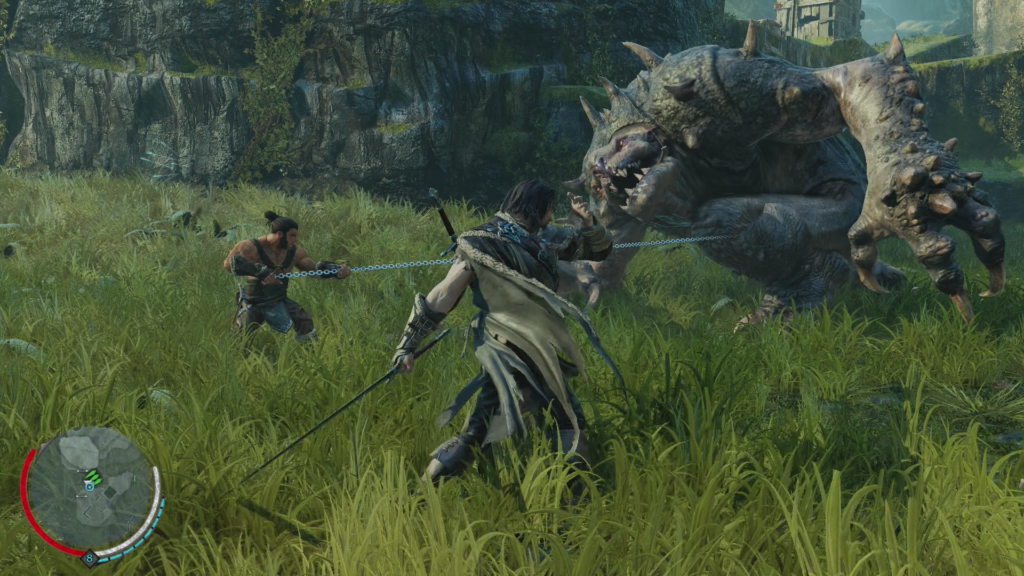 A still from Middle-Earth: Shadow of Mordor | Credits: Monolith
A still from Middle-Earth: Shadow of Mordor | Credits: Monolith
The Nemesis System was a stroke of genius. Instead of facing generic enemies, Shadow of Mordor created a world where every enemy had a personality, a backstory, and a memory like an elephant.
Kill an orc, and another might step up, remember what you did, and even gloat about it the next time you cross paths. Get killed by a lowly grunt? That orc might rise through the ranks, become stronger, and mock you mercilessly for your failure.
The system ensured that no two playthroughs were alike. Every player had their own personal vendettas, their own epic rivalries. Some enemies grew to be feared. Others became recurring comedic relief. And all of them made the game feel alive.
More importantly, it worked. People didn’t want to trade the game in. The experience was too unique, too personalized. This wasn’t a game you just finished and moved on from. It was a game you lived in, a game that created stories you wanted to share with friends.
Of course, WB knew they had something special. So special, in fact, that they patented the Nemesis System, according to Engadget, making sure no other developer could copy it. And just like that, the single-player gaming world changed forever, all because Arkham Asylum was a little too good, and people kept trading it in. Talk about a plot twist.





